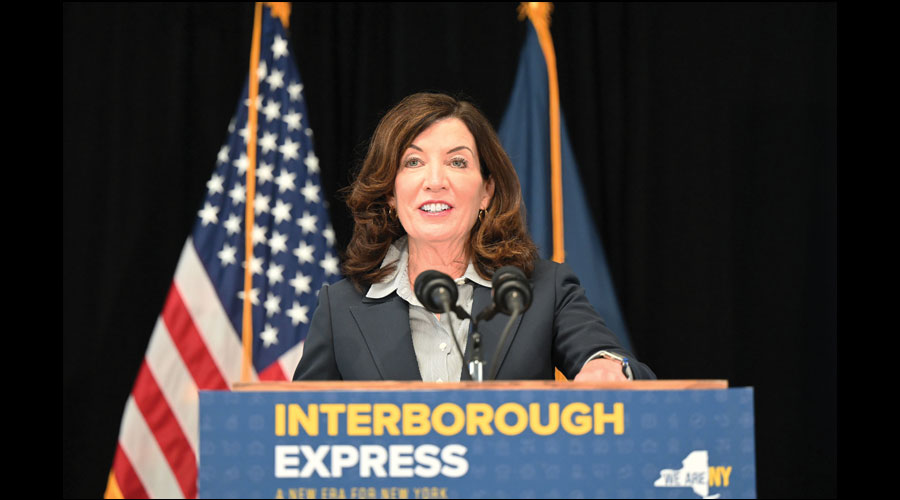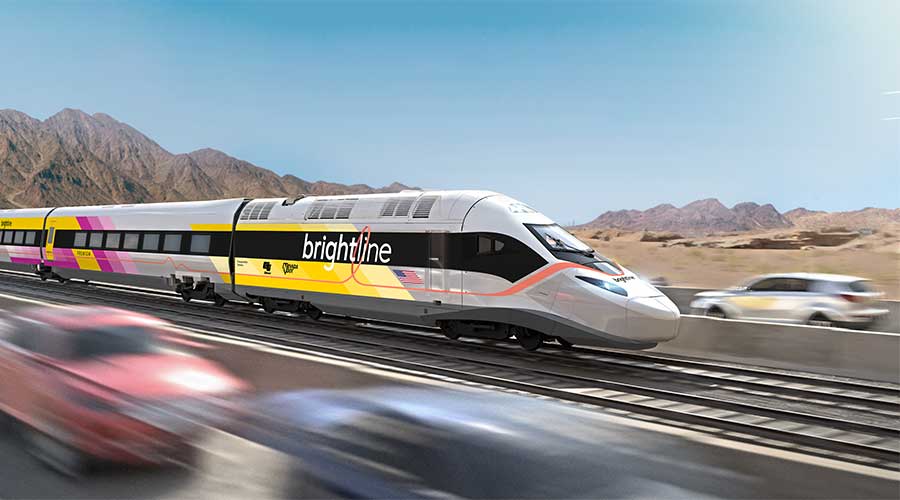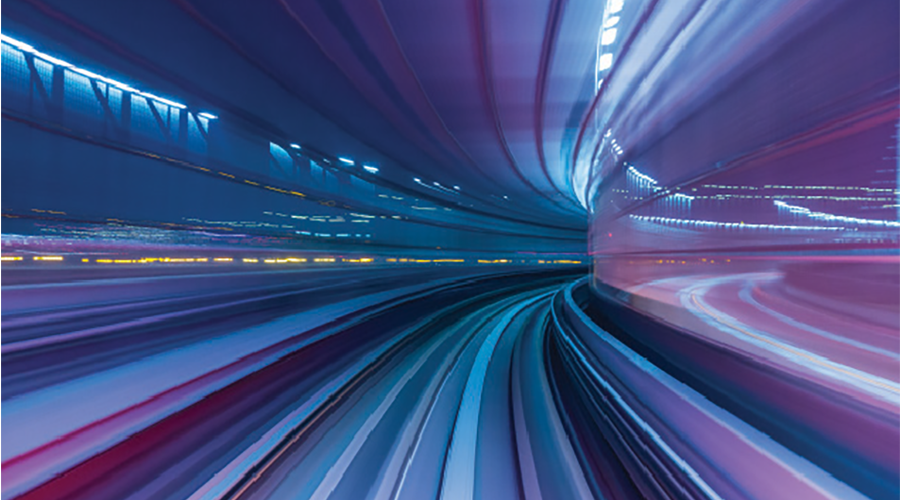Stay updated on news, articles and information for the rail industry
February 2023
Rail News: Passenger Rail
Interborough Express to advance as light-rail line

Editor's note: This article originally called the Bay Ridge Branch line "unused" based on a dated statement from New York Gov. Kathy Hochul — a statement we didn't double-check. This story has been updated to reflect that the line is an active freight corridor, and we deeply regret the error.
By Grace Renderman, Associate Editor
The 14-mile, $5.5 billion Interborough Express in New York City will move forward as a light-rail line, New York Gov. Kathy Hochul announced last month.
The Metropolitan Transportation Authority chose light rail because it will offer the best service for the lowest cost per rider compared to conventional rail and bus rapid transit, according to the project’s planning and environmental linkages study. The project has been under consideration since Hochul announced the environmental review process would begin in January 2022.
“Moving forward with light rail for the Interborough Express means better access to jobs, education and economic opportunities for some 900,000 New Yorkers in Queens and Brooklyn,” said MTA Chair and CEO Janno Lieber in a press release.
The project’s $5.5 billion cost estimate is based on 2027 dollars — a possible mid-point of the construction process — to adjust for future inflation rises and align with the next MTA Capital Plan, which will be effective between 2025 and 2029, the report states.
Connecting communities
Interborough Express will connect more than a dozen underserved communities in Brooklyn and Queens via an active freight-rail corridor. The service will access an existing right of way of the Bay Ridge Branch owned by MTA Long Island Rail Road and the Fremont Secondary line owned by CSX. The New York and Atlantic Railway, an Anacostia Rail Holdings Co. subsidiary, runs up to five trains per week on the line, which serves as a critical connection to Norfolk Southern Railway and Conrail service.
The new express service — which will offer transfers to 17 other subway lines and connect with LIRR — is expected to reduce travel time per trip by 30 minutes.
Projected ridership is estimated at 115,000 weekday riders, or 34.6 million annually, according to the study. The cost to develop the express line per anticipated rider is $48,600. Those dollars will go toward the reconstruction of 45 overpass bridges; rehabilitation of a 125-year-old tunnel; building of support facilities for vehicle maintenance and storage; and power distribution and ancillary facilities.
“Although the right of way already exists, this project is not so simple as laying down track and starting service,” the report states. “Substantial reconstruction will be necessary in order to make the Interborough Express possible while preserving vital freight-rail connections.”
Proposed service would operate at up to five-minute headways during peak periods and up to 10-minute headways during off-peak periods.
What’s next?
The MTA expects to begin its own environmental review process and start preliminary engineering later in 2023. The project is one of many expansion initiatives being considered under the authority’s 20-year needs assessment, which will determine which projects best meet the MTA’s long-term goals, according to the report.
“If this project is determined to meet the MTA’s most strategic goals, construction funding will need to be identified before the project enters a future capital program,” the report states.
The MTA also plans to work with the city and other parties on economic development surrounding the corridor, such as the Vital Brooklyn Initiative, which calls for building $664 million worth of health-care facilities in Brooklyn. In addition, the Sunset Park Vision Plan would involve significant commercial development near the Interborough Express’ southern terminus.


 2025 MOW Spending Report: Passenger-rail programs
2025 MOW Spending Report: Passenger-rail programs
 Gardner steps down as Amtrak CEO
Gardner steps down as Amtrak CEO
 Guest comment: Oliver Wyman’s David Hunt
Guest comment: Oliver Wyman’s David Hunt
 Women of Influence in Rail eBook
Women of Influence in Rail eBook
 railPrime
railPrime







